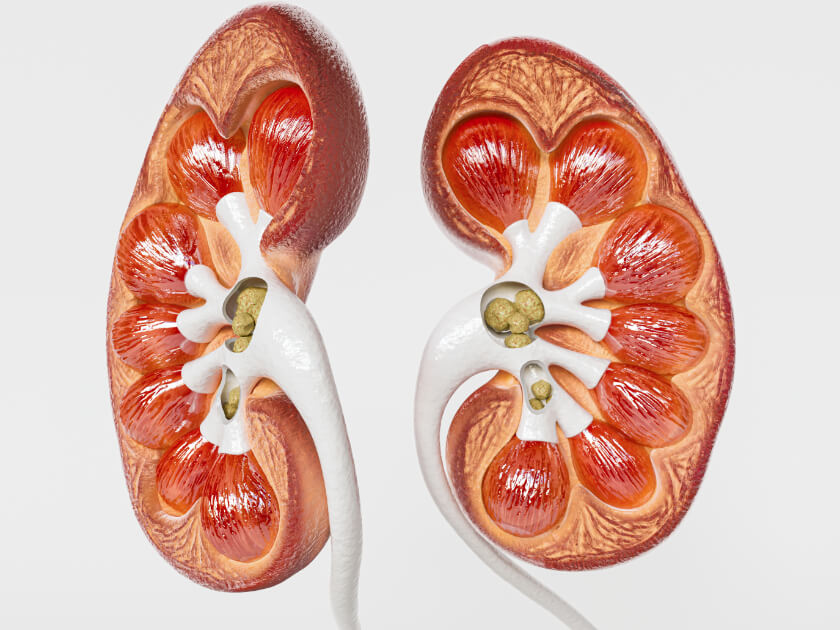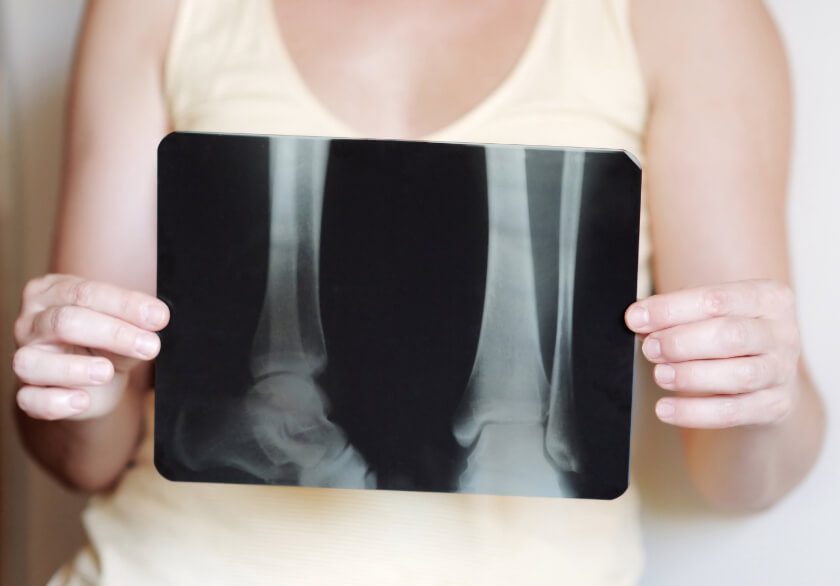
Which is Better for Diagnosing Kidney Stones, CT or Ultrasound?

Doctors rely on laboratory testing and medical imaging to diagnose kidney stones. When the patient’s symptoms and laboratory tests suggest kidney stones, doctors would turn to medical imaging to determine the number and location of those stones. For many years, computed tomography (CT) scans have been the go-to imaging test when it comes to diagnosing and evaluating kidney stones. New research suggests that it may be wiser to start with other types of medical imaging.
About Kidney Stones
Kidney stones are small, pebble-like pieces of material that form in the kidneys. Also known as renal calculus, kidney stones develop as the result of high levels of specific minerals in the urine. They vary in size, ranging in size from as small as a grain of sand to as large as pea.
The smallest and smoothest kidney stones pass in urine from the kidneys through the urethra to outside the body with little to no pain. Larger or especially jagged stones can get stuck in the urethra and block the flow of urine. Passing these kidney stones can cause severe pain or bleeding. If kidney stones cause damage to the urinary tract, an infection can develop.
Treatment for kidney stones focuses on making the stones easier to pass. Treatment includes increasing fluid intake, pain relievers, and sometimes medications to relax specific muscles of the urinary tract or medical treatments to remove the stones.
Also known as renal calculus, kidney stones are common. In fact, approximately 11 percent of men and 6 percent of women in the United States will experience kidney stones at some point in their lives. While kidney stones do not cause permanent damage, but passing large or jagged kidney stones can cause a significant amount of pain. Kidney stones can also cause complications, such as inflammation and narrowing of the urinary tract.
CT Scans are Today’s Go-to Imaging Technique for Kidney Stones
CT scans are the gold standard imaging technique for diagnosing kidney stones. They provide a more detailed image than do traditional x-rays, and these images can show doctors the size of the stone. In fact, CT scans can detect the tiniest of kidney stones – including stones that are so small that they are not likely to cause symptoms or complications, or need medical intervention.
CTs are quick, easy, and able to detect other problems that mimic kidney stones, such as appendicitis and diverticulitis.
After treatment, CT scans can verify that the patient has passed all kidney stones, rule out any narrowing or inflammation of the urinary tract, and detect possible complications.
New Research Suggests Other Types of Medical Imaging Techniques Work Just as Well as CT Scans
A team of researchers from Stanford University recently looked into whether other types of medical imaging techniques would work just as well as CT scans when it comes to diagnosing and managing kidney stones. The scientists presented their findings in a research letter published October 31, 2022, in JAMA Internal Medicine.
The team wanted to find out if using an “ultrasound first” approach to imaging kidney stones would cause adverse events, missed diagnoses, or delays in treatment. They used existing data, like that found in the Nationwide Emergency Department Sample, to perform the study. The researchers looked at 7.5 million unique emergency department visits for suspected kidney stones from between January 2012 and December 2018. They compared patients who did not have any type of imaging at all with those who underwent only CT scans and those who had only an ultrasound.
During the study period, the percentage of patients who did not have any imaging at all fell from more than 50 percent to nearly 40 percent, while the percentage of people who had a CT scan rose from more than 48 percent to nearly 60 percent. The percentage of patients who underwent ultrasound remained steady at between 1 and 2 percent.
The team of researchers found that using an ultrasound first approach did not result in more adverse events, missed diagnoses, or treatment delays. This means that using ultrasound first may be a good strategy for diagnosing kidney stones.
The researchers noted in their letter that ultrasound may be a better choice because, to their knowledge, no studies had ever been done that establish CT scans as being superior. They added that, while the tiniest stones show up on CTs, the smallest stones would probably pass without causing symptoms or requiring medical care.
Low-dose CT scans are another effective choice in medical imaging for kidney stones
While the risks associated with CT scans are minimal, CT scans do expose patients to a small amount of radiation. Low-dose CT scans reduce radiation exposure, and are very accurate when it comes to creating images of kidney stones.
For more information on medical imaging techniques to diagnose kidney stones, consult with your doctor or medical imaging professionals.




